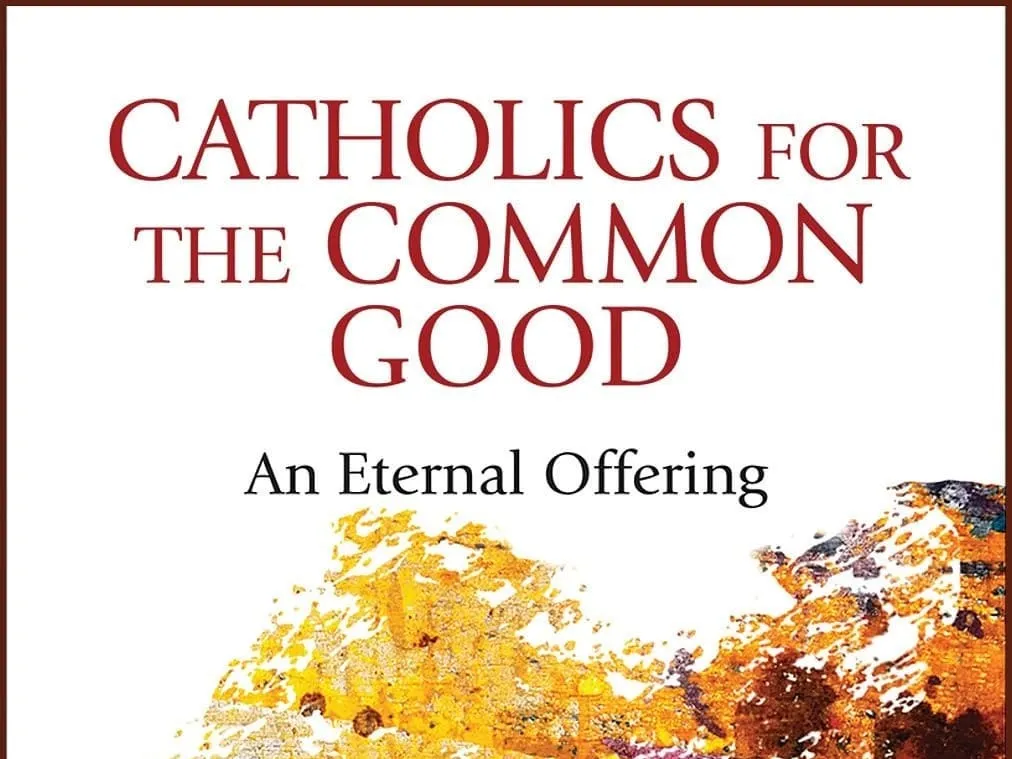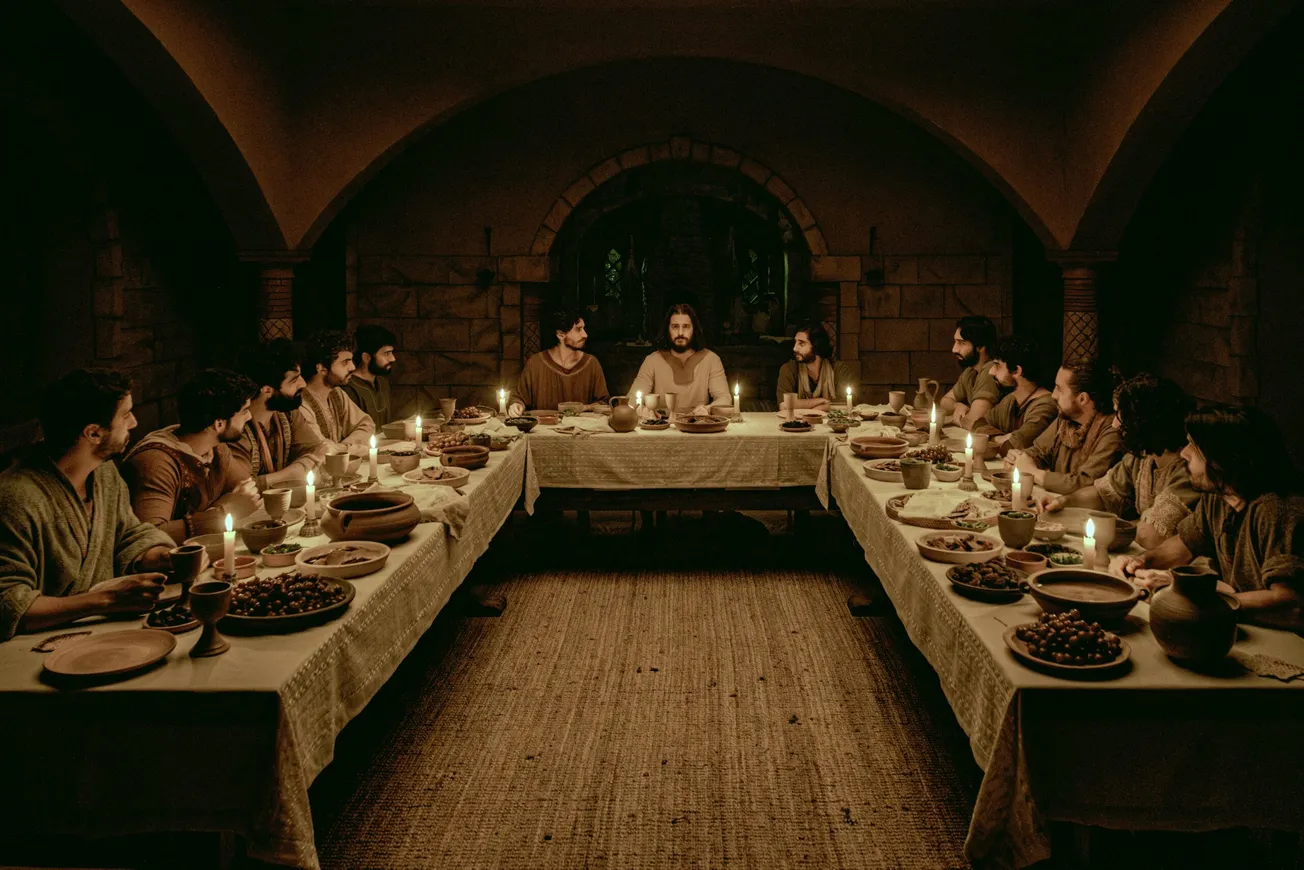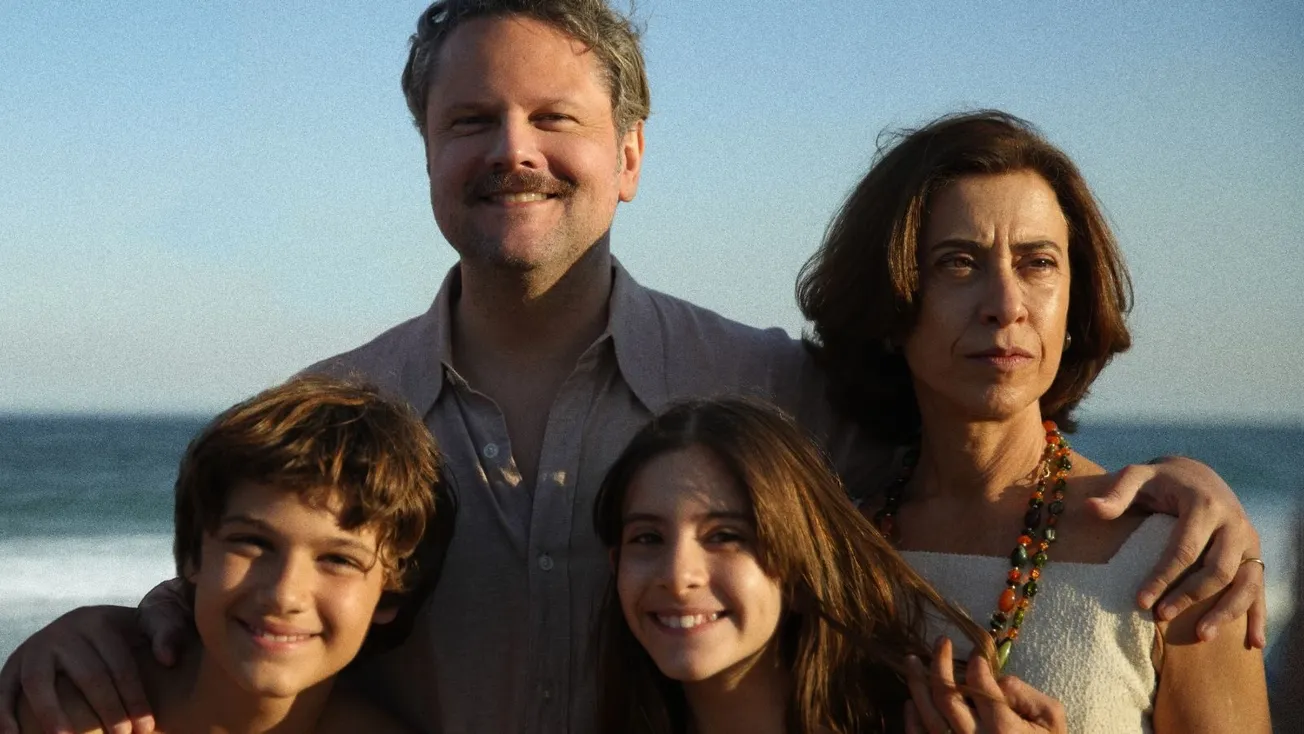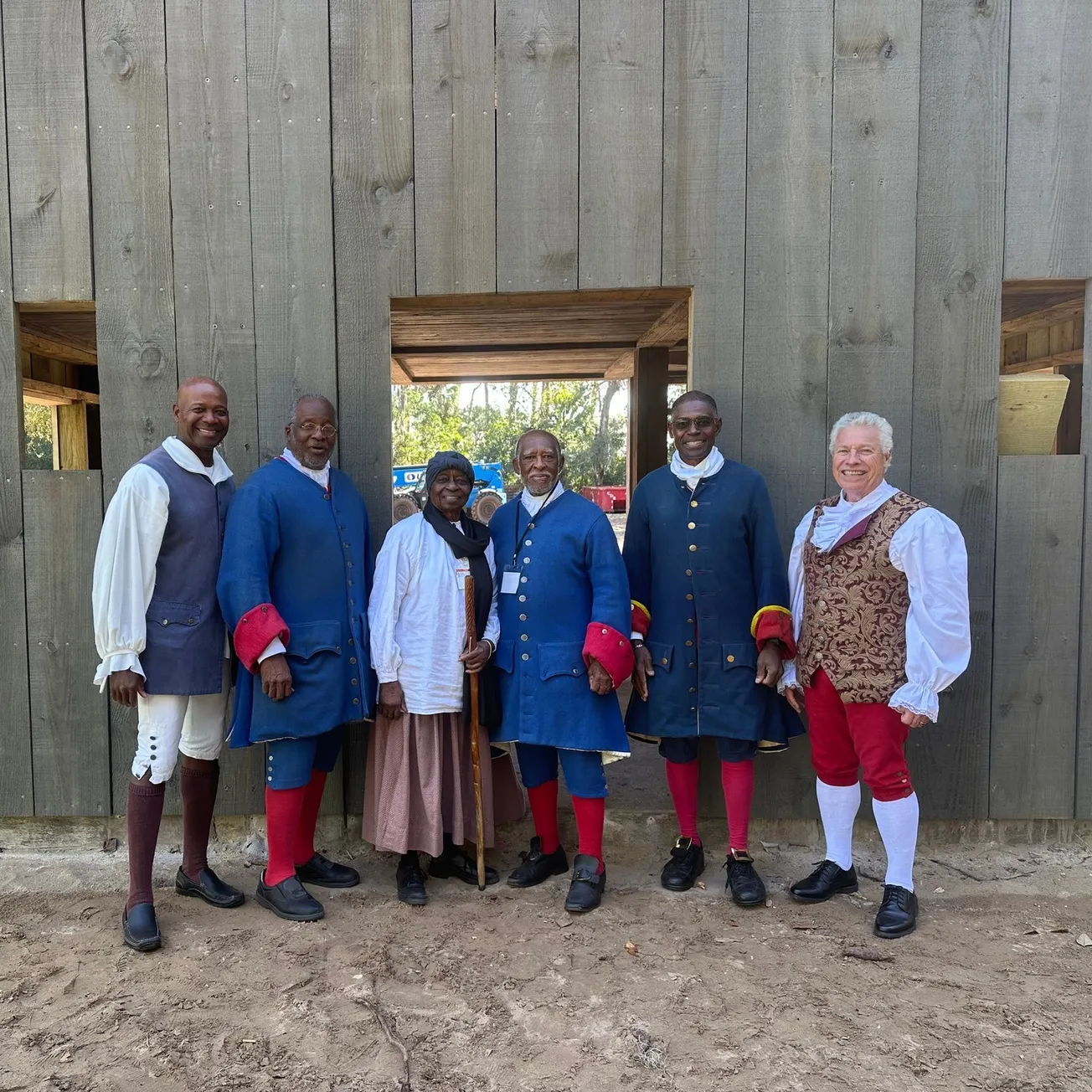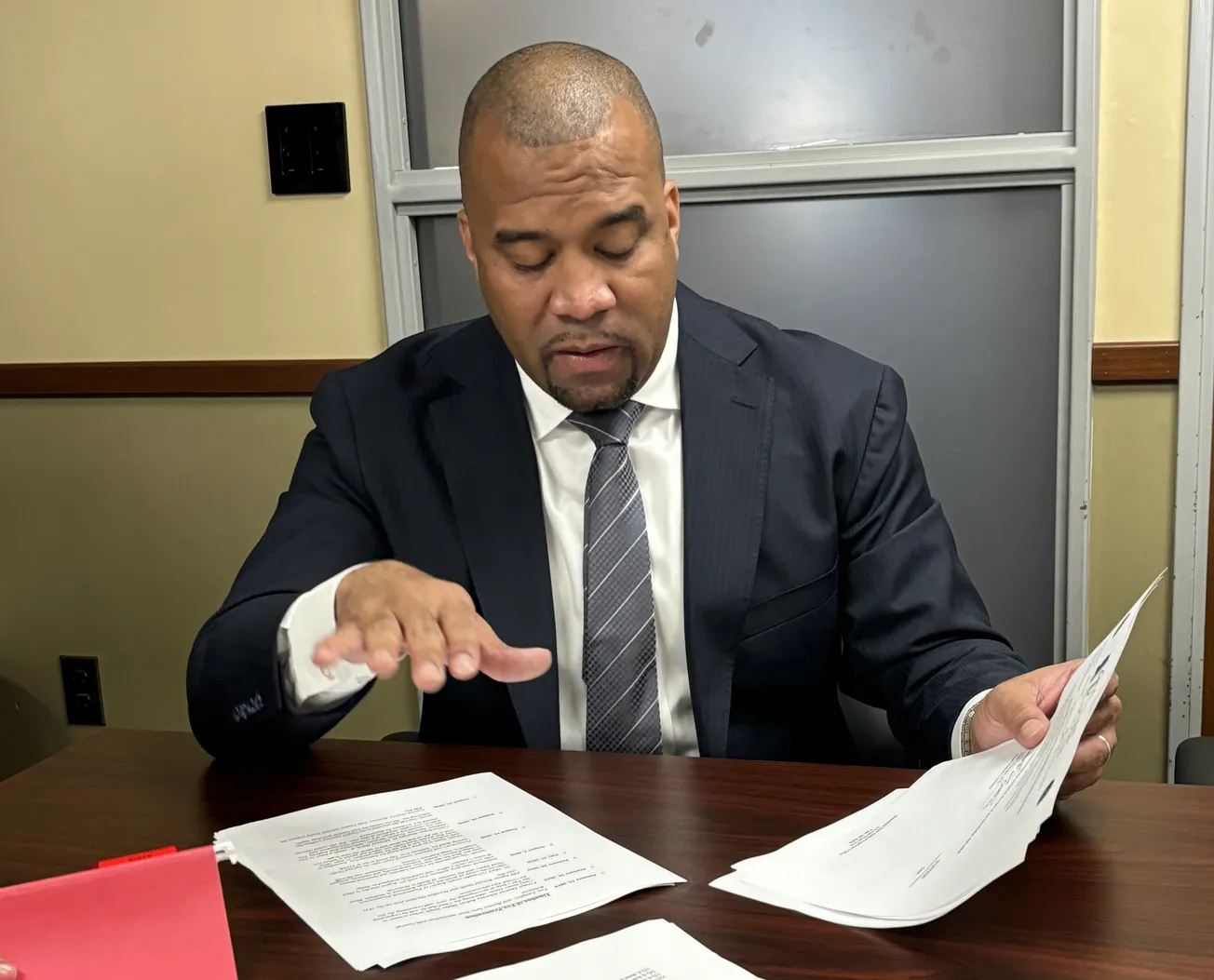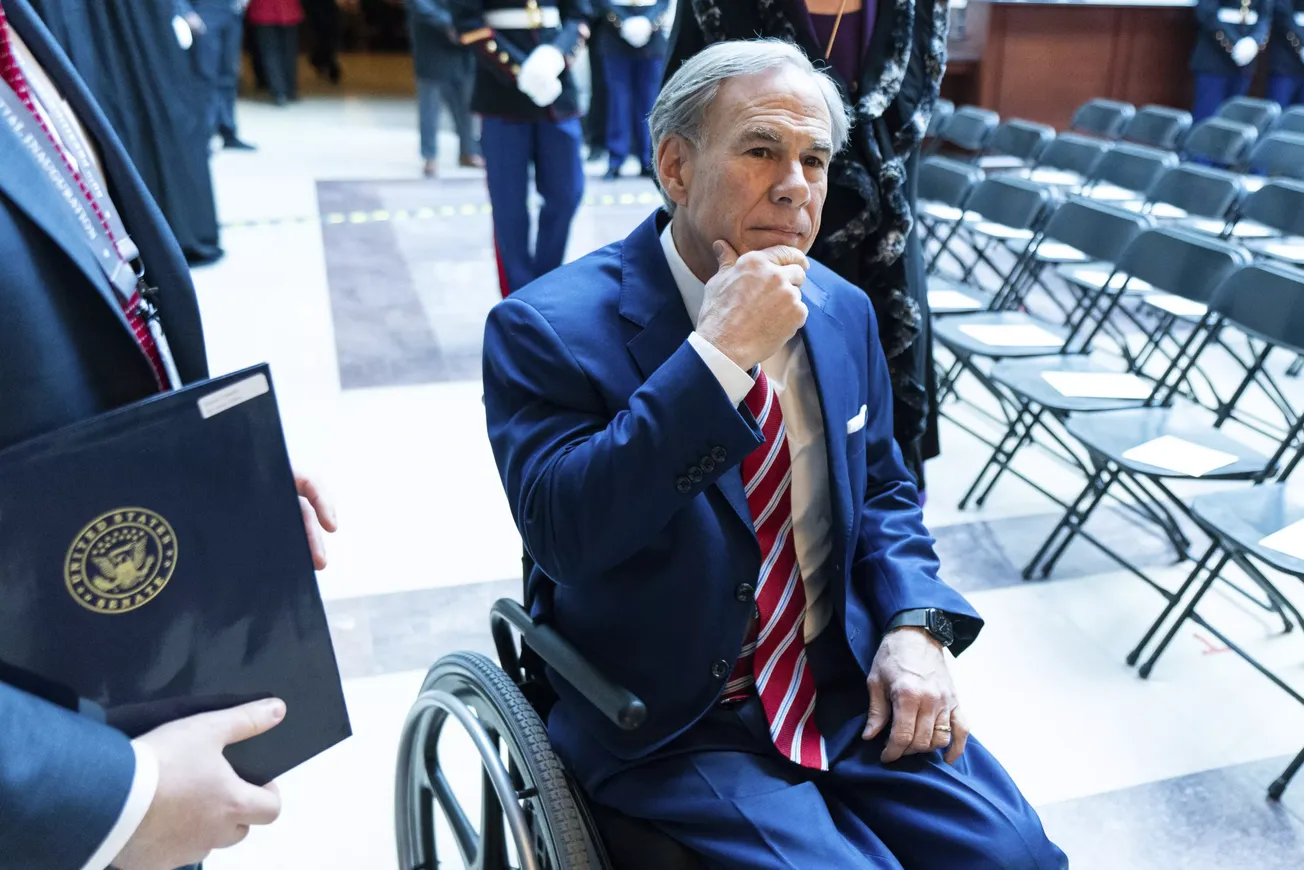“If we were White… our heroes would be your heroes too… Malcolm X might still be alive… [When] any White man in the world says ‘give me liberty, or give me death,’ the entire White world applauds. When a Black man says exactly the same thing, word for word, he is judged a criminal and treated like one, and everything possible is done to make an example of this bad n****r so that there won't be any more like him.”
—James Baldwin, "The Dick Cavett Show" (1969)
Fair warning: this review definitely has spoilers about Black Panther, and it may give more of the plot away than is typical in my reviews, because, well, it is necessary for the discussions that the movie puts forward and also avoids.
Wakanda is back.
As the second-longest movie in the Marvel Cinematic Universe, “Black Panther: Wakanda Forever” allows you to spend quite a bit of time with Wakandans and the wonderful land they inhabit. Even so, despite the runtime, it is amazing what does not get covered. In addition, some odd inconsistencies still managed not to get worked out by the end of the narrative.
To understand “Wakanda Forever,” it really is necessary to take a step back and remember what was lost. Indeed, much of the movie is wrestling with the absence of King T’Challa (and Chadwick Boseman, the man who portrayed him).
The first “Black Panther” film gave us a strong vision of an African nation stepping into a global leadership role after some tough lessons on avoiding direct conflict with colonial aggression for hundreds of years. If you recall, the abandoned son of Wakanda, Erik Killmonger, returns to Wakanda to take the throne to force the people to engage in global politics—on a war footing.
The Black Panther himself, King T’Challa, resists Killmonger’s takeover of the country and the direct path to global war against White Supremacy. But King T’Challa does come to see that the Wakanda that invested so much in hiding their secrets was not untouched by White Supremacy so much as aiding it by avoiding contact—to the point of abandoning fellow Wakandans and the wider Black diaspora. King T’Challa promises a dying Killmonger that he will do more.
Fast forward to “Wakanda Forever,” and the king who promised so much is dead. Wakanda has some form of an outreach program, but it is not defined. Vibranium is now the target of White colonizers, like France and the United States, but T’Challa’s mother Queen Ramonda, played regally by the inimitable Angela Bassett, is keeping it under lock and key with the help of the Dora Milaje.
Sadly, beyond fighting a low-intensity conflict with Western powers over vibranium, it is not clear what of King T’Challa’s promise to Killmonger remains. That said, Wakandan resistance has led to outsiders’ exploitative use of resources and humans to obtain vibranium by other means. The United States, for example, has developed a vibranium detector by deceiving a genius young Black woman, Riri Williams (played by the charismatic Dominique Thorne, who does not get nearly enough screen time). Williams is tricked into making the machine for the government by means of a school project at MIT, where she is a student.
This device finds a vibranium deposit deep in the ocean, protected by another indigenous people, the nation of Talokan—a fictional community of Maya people—and their champion, Namor (Tenoch Huerta). This discovery leads to a lethal counter-attack by his people, whom the US government initially believes are Wakandans because of the vibranium connection.
In contrast to the Wakandans, the people of Talokan exist because of White settler colonialism. They are at their core Maya people, who through the power of vibranium-produced plants developed the ability to live underwater to escape the colonialism and disease brought by the Spaniards. Or in the words of Namor, to escape Spain’s hateful language and dogma.
Because Namor’s mother was pregnant with him when she took the plant that made her aquatic, he was born a mutant—capable of living in the water and on the surface, slow to age and with amazing powers. Namor has been alive since almost the beginning of White settler colonialism. Indeed, we learn that the name Namor is not his birth name, but an epithet given him by a Spanish colonizer meaning “without love.” It was impossible not to think at this moment of the pope’s recent apology for the genocide of First Nations peoples in Canada.
This was particularly interesting for me to meditate on, given that my Black and Native American ancestors were also the victims of Spanish White settler colonialism. Namor’s villains were mine as well. In the film, this shared reality and interplay between the Black diaspora, Native Americans, and White settler colonialism could have opened up some amazing possibilities, but most of them were missed.
By way of backstory, we are told that Namor returned to the surface as a small child and encountered colonizers for the first time, whom he proceeded to kill. But rather than continue a sustained liberation effort, he returns to the ocean to build up Talokan. It seems his first priority is simply being left alone.
His beef with Wakanda is that King T’Challa let the world know the possibilities of a civilization with vibranium, causing a mad rush of exploitative White colonialism that was certain to find the people that Namor has sought to hide for so long. He asks Wakandans to help him find and kill the scientist who developed the vibranium detector so that Talokan can never be found. If Wakanda does not help, Namor explains that it will mean war with his people.
The Wakandans, wanting to avoid conflict and not wanting to kill the scientist, begin to formulate their own response, led by Princess Shuri (Letitia Wright). They leverage their own connections within the US government to find the scientist: who they discover is Williams (the future Iron Man/Ironheart of the MCU).
How a genius Black woman like Riri was not already identified by Wakandan outreach programs meant to build up the diaspora is one of the many inexplicable and inexcusable failures of Wakandan policy throughout the movie. One must ask: what is Wakanda doing in the United States if not protecting Black people like Riri from being exploited by the White military-industrial complex to build the tools it needs to destroy indigenous people and homes? (These are the very tools that threaten Wakanda, after all!)
This is where the main conflict in the story, between Talokan and Wakanda, finds its heartbreaking genesis: the inability of oppressed people to defeat their enemy because of an unwillingness to name the enemy.
Bizarrely, the film’s writers have Namor cartoonishly seek to wreak havoc on what he calls the “surface world” because he fears that they might strike first. This plot sounds outrageous to the Wakandans, who then begin to interfere. This leads to a great conflict, where both sides lose much while colonial governments lose nothing.
In the comics, Namor has no connection to colonialism other than being a colonizer. His mother is a daughter of an Atlantean emperor and a White American sea captain. And indeed, his “pink” skin (i.e., Whiteness) is what marks him as different and unique from his blue people. Moreover, Atlantis in modern fiction is wrapped up in ideas of a lost White civilization that is responsible for gifting all people with culture.
In that context, Namor’s anti-hero hostility to the surface world, his feelings of superiority, and his willingness to engage in mass destruction against the “surface” generally make sense. A child of two colonial empires in conflict, he frequently finds himself at war over territory and power. As a product of power, he views all on the surface as something to conquer.
The Namor of “Wakanda Forever,” however, is anything but that. He is a man who carries the pain and damage of White settler colonialism within him. It has defined his entire life experience. His city is neither an empire nor a colony of it, but rather a refugee camp that has become a great city through the effort of his people and his leadership. Why would he have developed a blanket hostility to the “surface world”? Does he not know who his enemy is specifically? Is he unable to identify the hateful language and dogma that took his mother’s happiness away?
Rather than naming the enemy, Mayan Namor becomes a caricature—following the same path laid down by White Namor of the comics without quite knowing why. Meanwhile, Wakanda, previously dedicated to leading the oppressed, has returned to fighting secret battles to maintain the status quo.
There is so much I liked about this movie. The actors, the costumes, the representation, the music, the sets, the aesthetics, the chemistry, the potential. But considering what could have been addressed and was not, it was a bit of a mess.
But that’s okay. Our art and superheroes should be allowed to be messy too.
I’m sure college kids at, say, the University of Southern California’s film school will have a great time dissecting the dangers of trying to fit Native American, Black, and Black Native American narratives into a framework established by White dominated media, with historically White characters, all funded by a media company that has had problematic takes on both Black and Native American people while profiting off the culture of both.
But what choice do we have at this moment, when it comes to telling stories with MCU-size budgets? The metanarrative here is almost more important than the fictional one. “Wakanda Forever” director Ryan Coogler has given us a blockbuster with real representation, carrying plenty of hope for more to come, because he was able to package a movie with a large Black and Brown cast in a way that Disney could market to those audiences and White ones as well.
Do I want more subversion of White Supremacist narratives? Yes. Do I want to see Mayan Namor and the Black kingdom of Wakanda do more for the diaspora and show more solidarity, rather than fight each other trying to anticipate the reactions of White colonial powers? Yes.
With the success of this movie, there is hope that these things could happen. But even if it doesn’t, we cannot expect every movie that features our people to resolve the tensions that exist in real life. Nor do our heroes have to be perfect for us to love them.
We get to see talented actors who look like us, who look like family and have superpowers, live out passionate and meaningful lives on an epic scale directed with skill and care. We get to see real places like Haiti that are too often ignored in American cinema, and hear names of heroes like Touissant L’Ouverture, even if the sights and mentions are far too brief. We get to see a world where the spiritual life of Black and Indigenous people are lived realities shaping their individual lives, in contrast to the cold and soulless machinations of power-hungry White colonial powers. There was a lot to cherish in this movie, even if sometimes we are cast as the villains in our own stories.
That is a legacy that the late Chadwick Boseman can indeed be very proud to have gifted us, by means of his efforts to make the world of Black Panther come to life as he silently battled terminal cancer. The struggle produced wonderful results for our community, even if it is a little messy.
Wakanda forever!
Gunnar Gundersen is an attorney in Newport Beach, CA. He serves in his parish council and choir, is a published essayist, and regularly lectures on natural law and the American Founding. He is also the first Ordinariate member of the Knights of Peter Claver. Follow him on Twitter at @GBGundersen.



